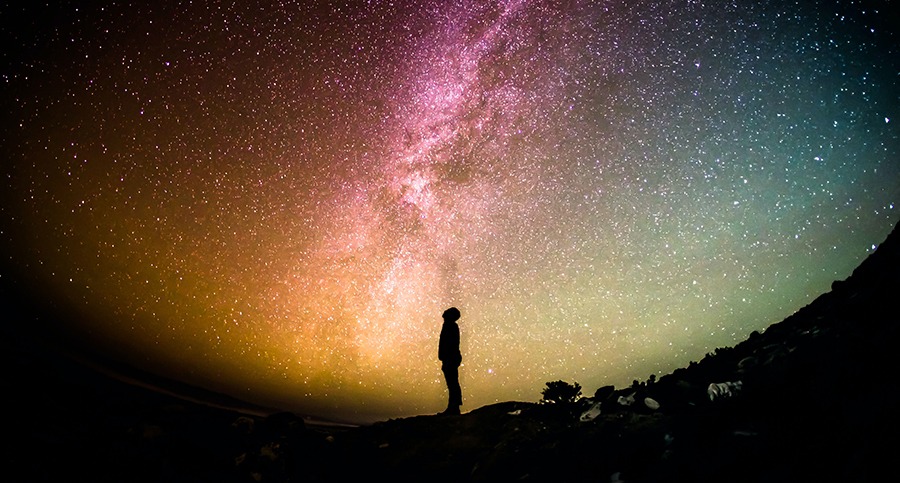In recent years, solar energy has proven to be a great alternative to fossil fuels. It combats rising energy costs, electricity bills, and climate change, as well as reducing adverse environmental effects. Interestingly, community solar projects allow individuals without control of their own solar panels to benefit from solar.
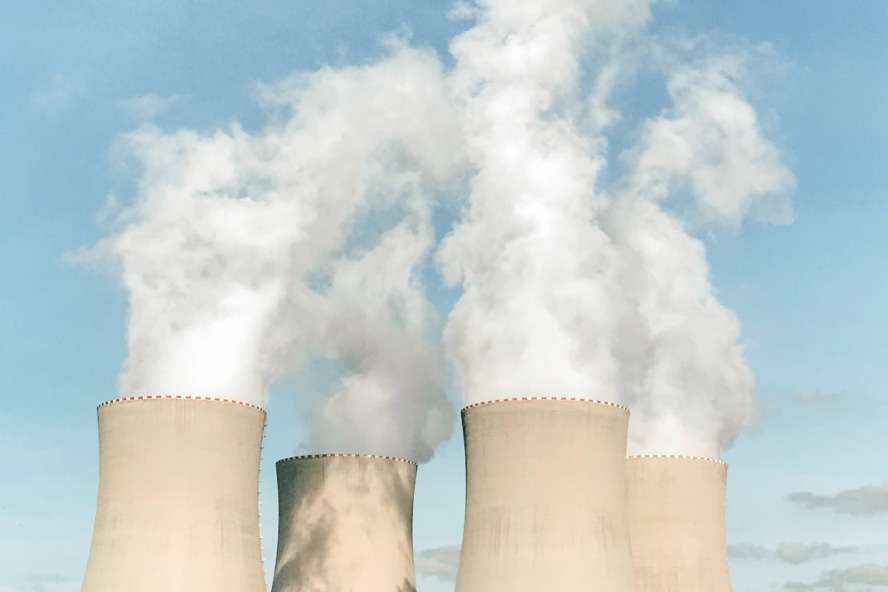
Source: Unsplash
What Are Community Solar Projects?
Community solar projects are extensive, centralised solar power facilities whose electricity is shared by multiple electric consumers. This includes homeowners, renters, businesses, non-profits, and others. The power a consumer uses from the community solar project replaces power otherwise purchased from the electric utility. Furthermore, community energy projects are founded on the idea that ordinary people should have control over how their energy is created, including its environmental and social impacts. Big corporations should not be allowed to dominate our energy systems or enjoy all of the profits.

Source: World Resources Institute
There are two main patterns of community solar projects:
- Ownership: This model allows participants to purchase a particular number of panels or a portion of the community solar project. When you buy into a community solar project, you are rewarded with electric bill credits/savings from all of the power produced by the solar panels you own.
- Subscription: This model allows participants to become subscribers and pay a lower price on their electric bill each month. Instead of owning solar panels or a share of the project, you are just purchasing electricity at a lower rate than you would pay to buy electricity from your utility.
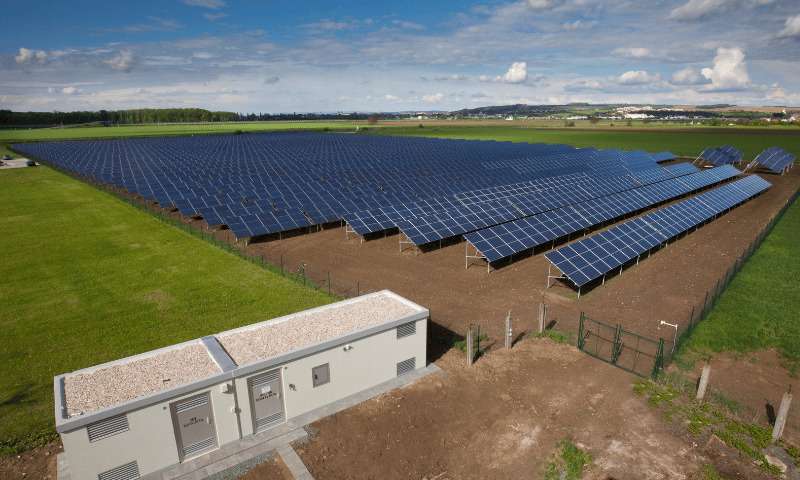
Source: Energy Matters
Examples of Community Solar Programs and Projects
The increased interest in community solar projects is being reflected in the investment. In the United States, for example, community solar projects are projected to grow from 600MW in 2018 to about 1,500MW per year by 2027. The Noor Ouarzazate Solar Complex in Morocco is a 580 MW solar power project, making it the world’s biggest concentrated solar power facility. Likewise, in India, the Delhi government has proposed the idea of community solar roofs for individual users in its most recent draft of the Solar Policy 2022. This provides rooftop solar consumers with generation-based incentives and possible tax and duty exemptions for solar generation.
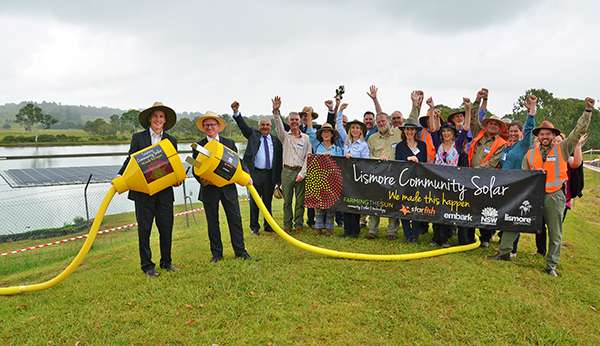
Source: Lismore City Council
Similarly, Australia has well over 6 million people living under solar roofs, and already over 100 innovative community energy groups have sprung up across the nation. In 2018, the Community Solar initiative – a collaboration of Lismore City Council and community solar group Farming the Sun launched Australia’s largest floating solar farm. This initiative also developed a rooftop solar farm at the Goonellabah Sports & Aquatic Center and a floating solar farm on the overflow ponds at the East Lismore Sewage Treatment Plant. Both community solar projects have generated interest nationally and internationally as a government and community cooperation model.
Also, In each of Victoria’s regions in Australia, the Community Power Hubs program has successfully finished 42 community clean energy projects, resulting in the addition of 1454kW of new solar capacity. The projects will reduce carbon emissions by 1,104 tonnes per year and reduce community energy bills by $207,435 per year.
Lastly, Nigeria recently inaugurated the Kumbotso solar power facility, the country’s largest grid-connected solar initiative. The facility, which required a $15 million investment, possesses a 10 MWp capacity. This project is also expected to lead to more solar farm development in the country.
moving forward
Looking ahead, moving community solar projects forward requires investment from small companies and big organisations. The EPA recently announced that it will offer $27 billion of the fund to state, local, and tribal governments. This is aimed at driving the deployment of residential rooftop solar, community solar, and associated storage and upgrades in low-income and disadvantaged communities.
Further, the Bendigo Sustainability Group recently announced the launch of GIVING POWER – a crowd-funding campaign to provide fully funded solar systems in the homes of low-income households. With this and the requirement for environmentally sustainable solutions, low-income households can also benefit from affordable energy options.
Moreover, companies can also offer to house projects on their rooftops and parking lots. They can become subscribers, anchor off-takers, or guarantors for community solar subscriptions to help solar developers reduce their financial risk.
Nations including Germany, Denmark, and Australia have taught us the importance of community ownership in the transition to renewable energy. However, this must be accompanied by a firm political foundation for policies that will accelerate national development via cleaner energy.
Why is it essential that we focus on Investing in Community Solar Projects?
Solar energy is currently the most affordable source of electricity, according to research by the International Energy Agency. Similarly, investing in solar energy projects is a great option with many advantages. This is because of the increasing demand for solar energy, rising efficiency, and declining costs of solar technology. Among the benefits of investing in community solar projects are:
1. It is accessible to more people and saves money
Community solar projects are accessible to anyone near a solar farm (with specific restrictions on eligibility). Moreover, it is an excellent financial option for individuals of low and moderate income and renters.
2. It is free to join with no upfront costs
Community solar projects give the benefits of clean solar power without having to pay upfront costs. You need not worry about solar panel installations. And instead of a loan that lasts for years, you can have a flexible contract.
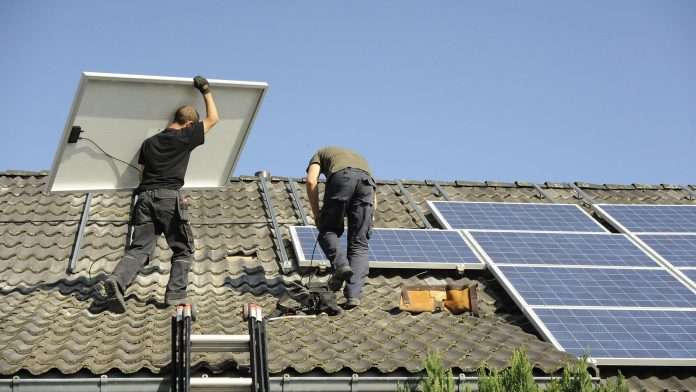
Source: Consumer Energy Alliance
3. Its subscription helps the environment
According to the EPA emissions calculator, a standard 5MW solar project avoids the CO2 emissions of burning 5 million pounds of coal—the equivalent of taking over 950 cars off the road every year. As a result, every new solar farm helps keep our land, air, and water cleaner and our energy production cleaner.
4. It provides support to communities through job creation and energy independence
Community solar projects create high-quality jobs. They also help communities become energy-independent, as the grid is less dependent on big power plants. As a result, power outages are less frequent and the grid is more resilient.
5. It provides profits for investors
As solar energy adoption by individuals and businesses continues to grow, investors can anticipate substantial returns on their investments. In other words, more solar energy generated in a year means a higher return.
achieving the United Nations Sustainable Development Goals (SDGs) and how they link to Community Solar Projects
Community solar projects are a pathway for addressing energy poverty and sustainability. It offers the chance to increase access to modern renewable energy facilities. Sustainable Development Goals (SDGs) 7 is about ensuring access to clean and affordable energy, which is key to the development of agriculture, business, communications, education, healthcare, and transportation. This increased access and investment in renewables are essential for achieving all SDGs. Conversely, lack of access to energy increases inequality, hunger, and poverty and hinders economic and human development.
Increased investment in community solar projects is vital for building resilient and equitable communities and cities. Indeed, effective participation and collaboration between public and private sectors, combined with philanthropy, nonprofits, and community-based organisations are crucial to ensure sustainable financing and investment in solutions addressing climate change, while supporting those who are most vulnerable.
A Thrivable Framework
The THRIVE Framework emphasises the need to shift beyond sustainability—to the overarching goal of thrivability. Shifting to a transdisciplinary approach and embracing value-based innovation is a step towards a thriving future.
THRIVE recognises that human happiness can sometimes compete with environmental well-being, which is why we use our Ciambella chart to illustrate the ‘thrivable zone’. This is the area between a ‘social floor’ (the minimum required for people to be content in their everyday lives) and an ‘environmental ceiling’ (the maximum damage that we can do to the environment before it becomes unsustainable). Overlaid on these thrivable zones are visual measurements that show impact – whether something is inside the thrivable zone – or exactly where it falls short.
To learn more about how the THRIVE Project is researching, educating, and advocating for a future beyond sustainability, visit our website. You can follow our informative blog and extensive podcast series, as well as join our regular thrivability matters webinar series featuring expert guests in various fields. Sign up for our newsletter to receive regular updates.























